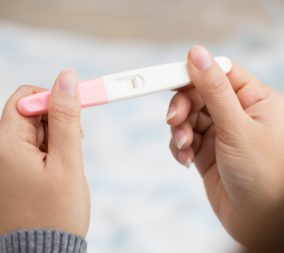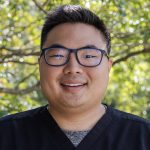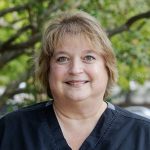“Infertility is not an inconvenience; it is a disease of the reproductive system that impairs the body’s ability to perform the basic function of reproduction.” -ASRM
In the United States, infertility affects 10-15% of heterosexual couples, making it one of the most common medical diagnoses for people ages 20 to 45 years old. Amongst married women in the U.S. specifically, 19% are affected. The WHO estimates that ONE in SIX couples worldwide experience infertility during their lifetime. LGBTQ couples face family building challenges at well. What these substantial numbers suggest is a high likelihood that most of us either know someone affected by infertility, or have been affected by infertility ourselves. Yet there is still so much that is not talked about when it comes to Infertility. Infertility can feel lonely and isolating to those trying to build a family. To address this, National Infertility Awareness Week, or NIAW, was started in 1989 to improve education and bring awareness to infertility.
What is Infertility?
Infertility is defined as the inability to become pregnant after 12 months of regular, timed, unprotected intercourse. While this definition specifically cites a 12-month timeline, more than half (60%) of heterosexual couples will have achieved pregnancy after 6 months of trying to conceive.
Causes of Infertility:
Causes of infertility include male factors (accounting for 35%), female factors (accounting for 35%), and unexplained factors – also known as Unexplained Infertility (10-15% of cases).
The most common cause of female infertility is a problem with ovulation. The most common cause of male infertility is a problem with the sperm. Other factors that may affect fertility include underlying disease, lifestyle factors, and age. 25% of couples have more than one factor contributing to their infertility. What’s more is that if a couple does not conceive within one year, their chance of conceiving gets lower with each subsequent month of trying.
For women without any known underlying medical problems, age is perhaps the most significant factor affecting fertility. This is because a woman is born with all the eggs she will have during her lifetime and those eggs decrease in number and decline in quality over time. In a couple between the ages of 29-33 and a normally functioning reproductive system, there is approximately a 20% chance of conceiving in a given month. As women get older, the chances of conceiving decrease. At age 35, there is a 15% chance of conceiving in a given month, and by age 40 that chance decreases to about 5%. Due to this natural decline in fertility with age, women who are 35 years old or older should seek fertility evaluation and care earlier than younger women. Below are some general recommendations for when to seek care. Although these are generally accepted guidelines, each woman should consider personal circumstances in family planning, such as total desired number of children, when deciding when to seek medical care.
What Happens During a Fertility Evaluation?
Your OBGYN is an excellent place to start for your fertility evaluation! We can also refer you to a fertility specialist in the community for further testing and treatment, if needed. The initial appointment will include a detailed medical history, menstrual and reproductive history, lifestyle discussion, and possibly a physical exam. You may have some blood work drawn and be asked to return for a follow up visit and/or a pelvic ultrasound, depending on your individual circumstances. Further testing may also be ordered through a fertility specialist. These tests may include an HSG, or hysterosalpingogram, a semen analysis for the male partner, and/or a saline ultrasound.
Some couples will ultimately need to be referred out to a fertility specialist for more specialized treatment, such as advanced reproductive technology (ART) assistance, in order to achieve pregnancy. Other couples may simply need to take some medications that can be prescribed by their OBGYN provider, as well as implement some lifestyle changes, in order to achieve pregnancy.
Same-sex couples will most often ultimately need to see a fertility specialist for ART to achieve pregnancy.
When to seek help:
- Women younger than 35 years old who have been trying to conceive for 1 year.
- Women older than 35 years old who have been trying to conceive for 6 months.
- Women age 40 or older should seek evaluation and treatment immediately.
- Women who are trying to conceive and have irregular or no menstrual cycles.
- Women who are trying to conceive and have known endometriosis, uterine anomalies, or other underlying disease.
- Women with a history of recurrent miscarriage.
If you have been struggling to conceive, or aren’t sure where to start, don’t wait to schedule a visit with your Kamm McKenzie OBGYN Provider.
Sources:
National Infertility Awareness Week
American Society for Reproductive Medicine
American College of Obstetricians and Gynecologists
Centers for Disease Control and Prevention
Resolve: The National Infertility Association
The World Health Organization


















